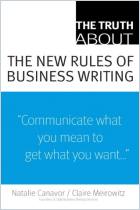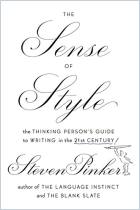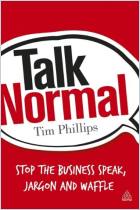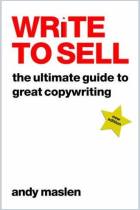
The Plain English Approach to Business Writing
Read or listen offline
Amazon KindleRecommendation
Much of what passes for business writing today is so convoluted and pompous that it is difficult to understand. Here’s an example: “Subsequent to the adoption of the latest employee policy regulations-cum-guidelines, it is incumbent upon (said) employees to rigorously review the current documentation; and to then advise (or at the minimum, contact) management regarding any perceived, needed exceptions....” How about this instead: “Please review the proposed guideline changes, and let us know if they make sense and support current policies. If not, we’ll change them.” Far too many people think they need to write business prose with grandiose words and phrases, passive voice, third person and past tense, when actually such practices muddle their messages. Into the business-writing breach comes Edward P. Bailey Jr., a master of composition, and an expert at teaching people to write and speak plainly and simply. Although even the professor lapses into dullness now and then, getAbstract thinks that anyone who wants to write – and thus communicate – more effectively can learn a lot from reading this short, sensible book.
Summary
About the Author
Edward P. Bailey Jr. teaches business communication at Marymount University. He is an expert on writing and public speaking.


















Comment on this summary or Начать обсуждение